Selecting the perfect lens is one of the most crucial decisions a photographer makes, especially in portrait work. In 2025, the options for high-performing portrait lenses have grown significantly, offering refined optics, better autofocus, and unmatched depth. The right lens doesn’t just capture a person—it tells their story through light, expression, and emotion. In this complete guide, we will explore the most reliable, versatile, and professional lenses for portrait photography available in 2025. From affordable options to flagship models, you’ll learn how each lens enhances specific portrait styles while aligning with various shooting environments and budgets.
Table of Contents
- Introduction: The Power of Lens Choice in Portraiture
- The Role of Focal Length and Aperture in Portrait Composition
- Prime vs. Zoom Lenses: Which Fits Your Portrait Style?
- Lens Mounts and Compatibility Overview (Canon, Nikon, Sony, etc.)
- Best Prime Lenses for Portrait Photography in 2025
- Top Zoom Lenses That Excel in Portrait Settings
- Best Budget Portrait Lenses Under ₹50,000
- Premium Lenses for High-End Portrait Work
- Portrait Lenses for Natural Light vs. Studio Conditions
- Best Lenses for Mirrorless Cameras
- Full-Frame vs. APS-C Sensors: Lens Impact Explained
- Weather-Sealed and Outdoor-Friendly Portrait Lenses
- Ideal Lenses for Candid, Lifestyle, and Environmental Portraits
- Understanding Bokeh and Background Compression
- Autofocus Versus Manual Focus in Portrait Work
- Exploring Creative Portraiture with Specialty Lenses
- How to Maintain and Clean Your Portrait Lenses
- Pairing Portrait Lenses with Light Modifiers
- Lens Accessories That Enhance Portrait Results
- The Future of Lenses for Portrait Photography
- Conclusion: Investing in the Right Lens for Your Art
- Frequently Asked Questions (FAQs)
1. Introduction: The Power of Lens Choice in Portraiture
Portrait photography captures more than a face—it reveals identity, mood, and personality. The lens plays a key role in how the viewer experiences that portrait. A flattering focal length, shallow depth of field, and excellent sharpness all help build emotional connections through an image.
In 2025, lens technology is advancing with greater optical precision, AI-assisted autofocus, and more compact glass designs. Whether you’re a studio artist or a lifestyle photographer, there’s a perfect lens to bring your creative vision to life.
2. The Role of Focal Length and Aperture in Portrait Composition
Key Focal Lengths for Portraits:
- 35mm – Ideal for environmental and documentary-style portraits. Adds context to your subject.
- 50mm – Classic for full-body and waist-up portraits. Natural field of view.
- 85mm – The sweet spot for head-and-shoulder shots. Provides pleasing compression.
- 105mm to 135mm – Offers tight framing with maximum background blur. Great for isolating subjects.
- 200mm+ – Exceptional for event or candid portraits at a distance. High subject separation.
Aperture Explained:
- Wide Apertures (f/1.2 to f/2.0) – Create shallow depth of field, creamy bokeh, and beautiful separation between subject and background.
- Moderate Apertures (f/2.8 to f/4.0) – Deliver sharpness and depth while keeping elements in focus.
Portraits benefit greatly from fast lenses, especially when shot in natural light or tight interior spaces.
3. Prime vs. Zoom Lenses: Which Fits Your Portrait Style?
Prime Lenses:
- Pros: Exceptional sharpness, wider apertures, lighter build.
- Best For: Studio portraits, low-light conditions, intentional framing.
Zoom Lenses:
- Pros: Flexibility in focal length, useful for event or outdoor sessions.
- Best For: Photographers needing versatility or shooting fast-paced environments.
In 2025, zoom lenses have improved tremendously, but primes remain the go-to for elite image quality.
4. Lens Mounts and Compatibility Overview
Before investing in a lens, confirm compatibility with your camera system. Most major brands use proprietary mounts:
- Canon: RF (mirrorless), EF (DSLR)
- Nikon: Z (mirrorless), F (DSLR)
- Sony: E-Mount (mirrorless)
- Fujifilm: X-Mount (APS-C mirrorless)
- Panasonic/Leica/Sigma: L-Mount Alliance
- Olympus: Micro Four Thirds (MFT)
Adapters exist but may limit autofocus, aperture control, or stabilization features.
5. Best Prime Lenses for Portrait Photography in 2025
1. Sony FE 85mm f/1.4 GM II
- Razor-sharp optics and dreamlike bokeh.
- Enhanced weather sealing and customizable controls.
2. Canon RF 135mm f/1.8L IS USM
- Built-in image stabilization perfect for handheld portraits.
- Luxurious depth and color rendering.
3. Nikon Z 85mm f/1.2 S
- Groundbreaking aperture for dramatic blur.
- Superlative build and edge-to-edge clarity.
4. Sigma 50mm f/1.4 DG DN Art
- Excellent third-party value for Sony E and L-Mount users.
- Tack-sharp with cinematic output.
5. Fujifilm XF 56mm f/1.2 R WR
- Compact powerhouse for APS-C users.
- Refined skin tone rendering.
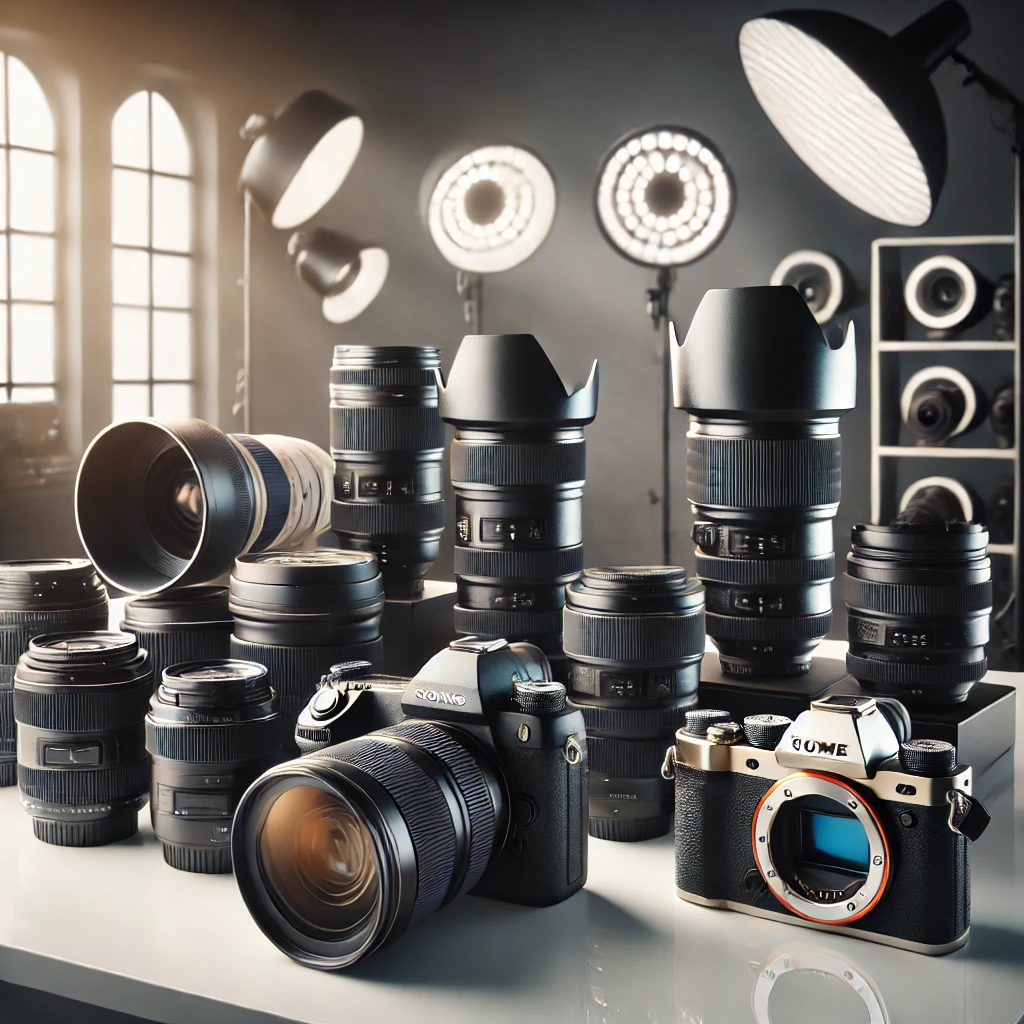
6. Top Zoom Lenses That Excel in Portrait Settings
1. Canon RF 70-200mm f/2.8L IS USM
- Perfect for outdoor and fashion sessions.
- Superb compression at 200mm.
2. Sony 24-70mm f/2.8 GM II
- Versatile across studio, lifestyle, and editorial portraits.
- Compact redesign with zero compromise on optics.
3. Nikon Z 24-120mm f/4 S
- Strong mid-range zoom for general portrait work.
- Balanced optical clarity and ergonomic design.
7. Best Budget Portrait Lenses Under ₹50,000
Affordable Picks with High Value:
- Canon RF 50mm f/1.8 STM – Lightweight, excellent for beginners.
- Nikon Z 40mm f/2 – Fast aperture and strong central sharpness.
- Sony FE 50mm f/1.8 – Cost-effective with pleasing bokeh.
- Sigma 30mm f/1.4 DC DN – For APS-C cameras. Stellar performance.
- Viltrox 85mm f/1.8 II – Budget-friendly full-frame alternative.
8. Premium Lenses for High-End Portrait Work
Luxury lenses justify their cost through build quality, coating, and performance:
- Leica SL 90mm f/2 APO-Summicron
- Zeiss Otus 85mm f/1.4
- Canon RF 85mm f/1.2L USM DS
- Sony 135mm f/1.8 GM
These lenses are engineered for commercial and editorial excellence.
22. Frequently Asked Questions (FAQs)
Q1. What focal length is best for headshots? A: The 85mm focal length is the classic choice due to flattering compression and focus separation.
Q2. Are zoom lenses good for portrait photography? A: Yes. Modern zoom lenses like 24-70mm and 70-200mm f/2.8 models offer outstanding flexibility and image quality.
Q3. Should I use a full-frame or APS-C camera for portraits? A: Full-frame cameras offer better low-light performance and more bokeh, but APS-C systems with quality lenses can produce professional results too.
Q4. How do I choose between f/1.8 and f/1.2 lenses? A: f/1.2 lenses provide more light and blur but come with higher costs and size. f/1.8 options are lighter and more affordable.
Q5. What’s the difference between standard and art series lenses? A: Art series lenses, like those from Sigma, are designed for ultimate image quality with robust construction—ideal for professionals.
Would you like me to continue with the remaining sections, including lens care, future innovations, and accessories?
📅 Book Your Bold Shoot in Jaipur Today
Ready to step into your power and express yourself through bold, beautiful imagery? Whether you’re building a creative portfolio or exploring self-love, The Candid Shoot’s bold shoot in Jaipur is your space to shine.
👉 Get in touch now to discuss your vision, styling, and shoot details.
📞 Call | 📱 WhatsApp | 📩 Inquiry Form
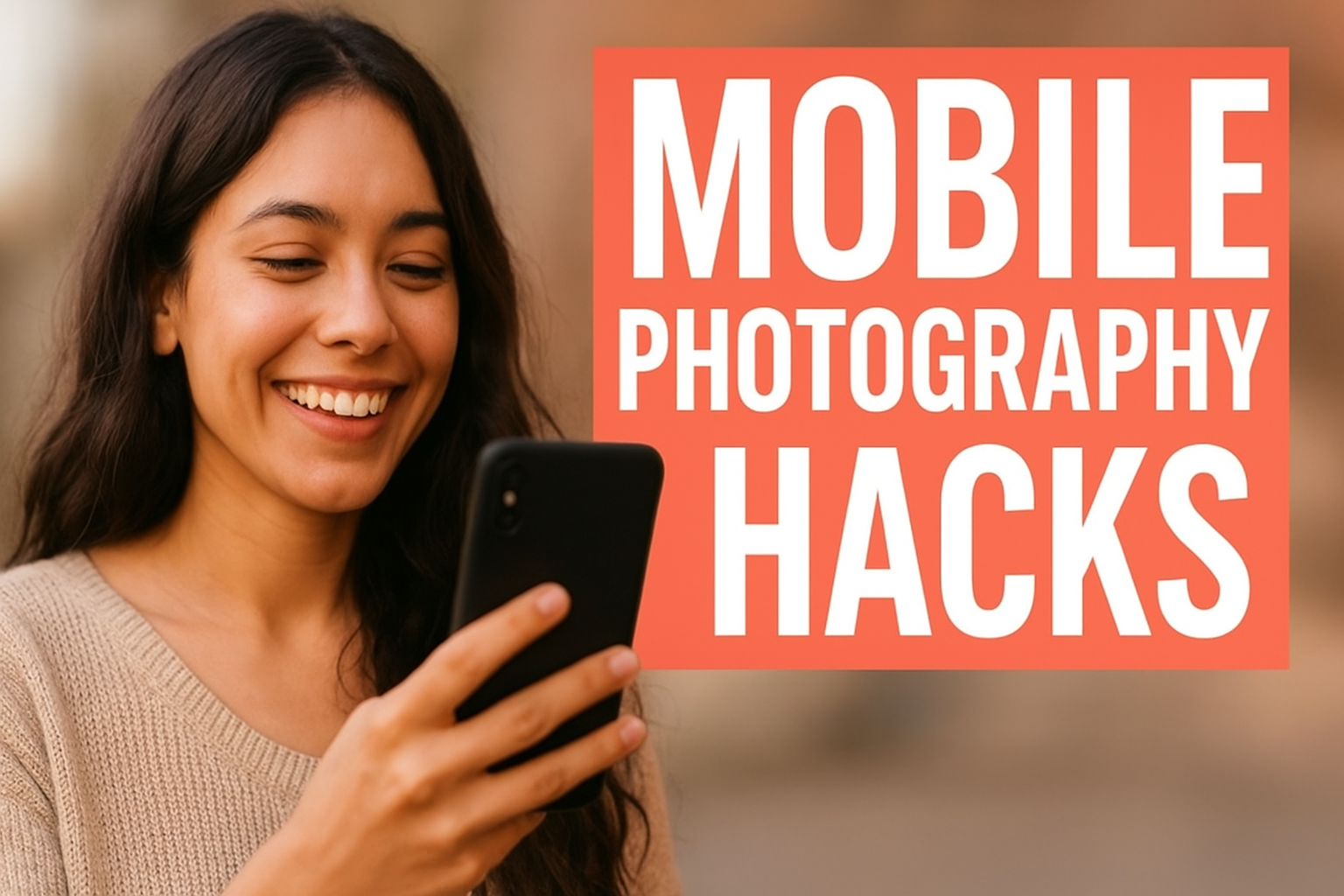
Mobile Photography Hacks: Candid Moments with Your Phone
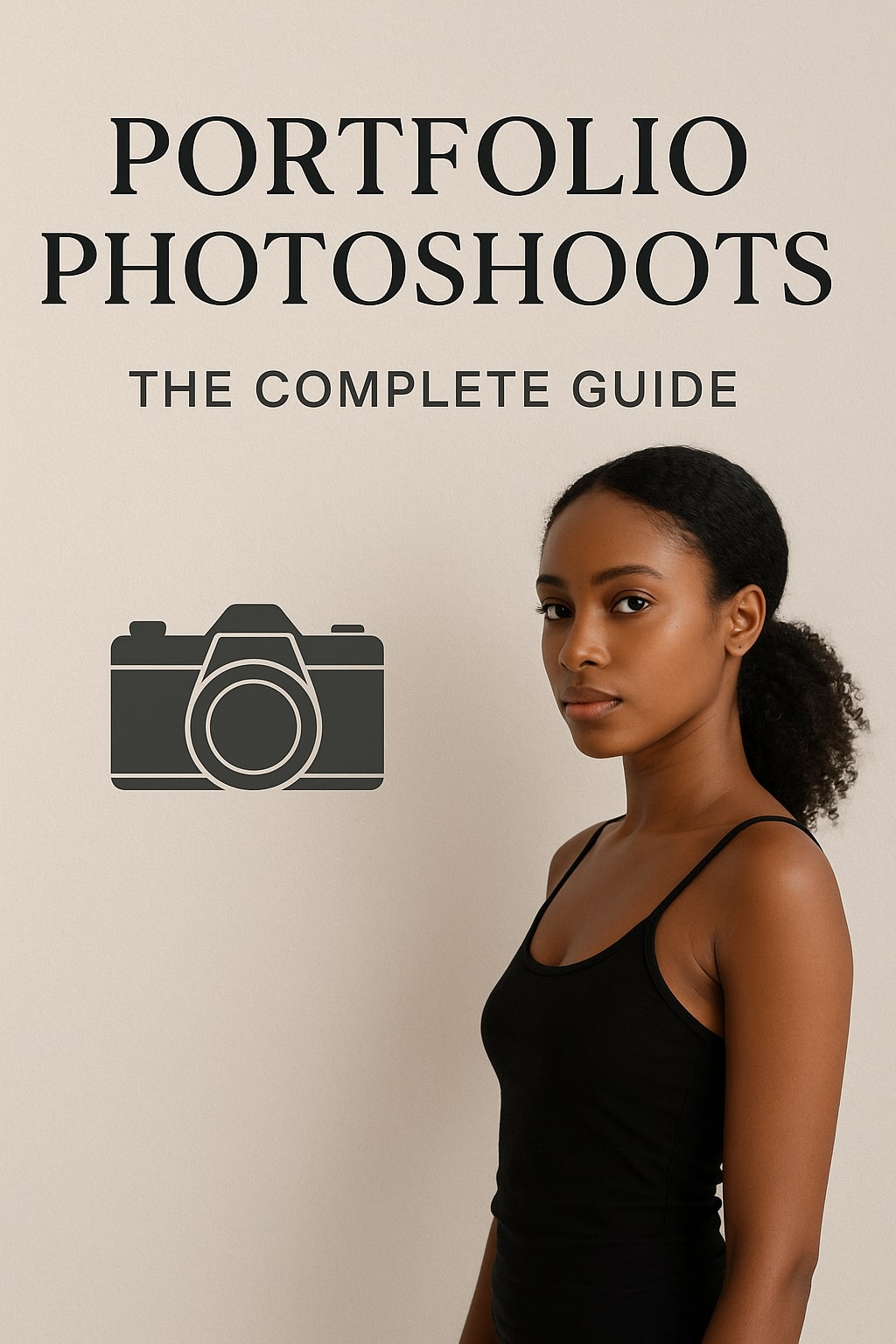
Professional Model & Portfolio Photoshoots: Show Your Best Work
-
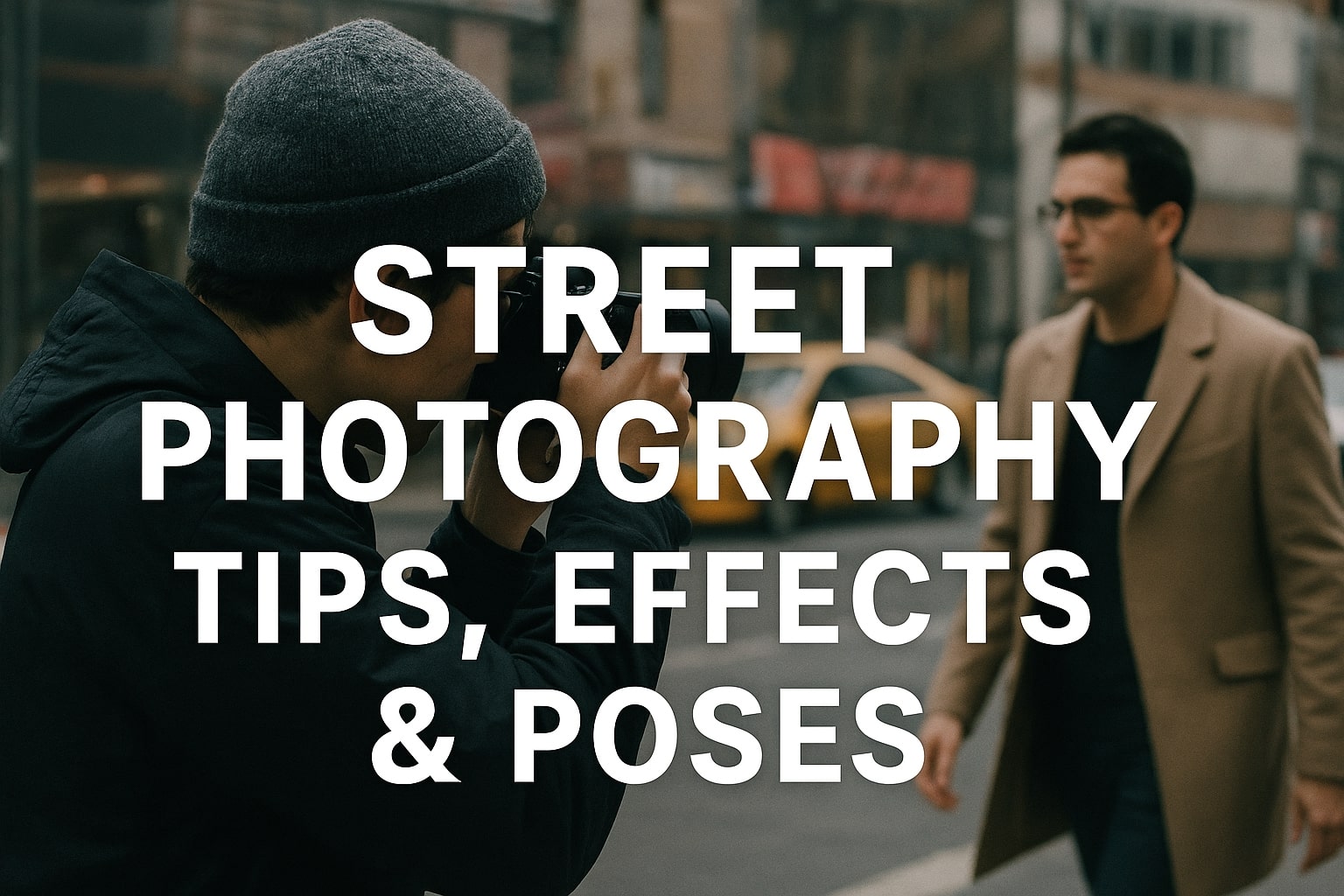
Street Photography Tips, Effects & Poses – Complete Guide
-
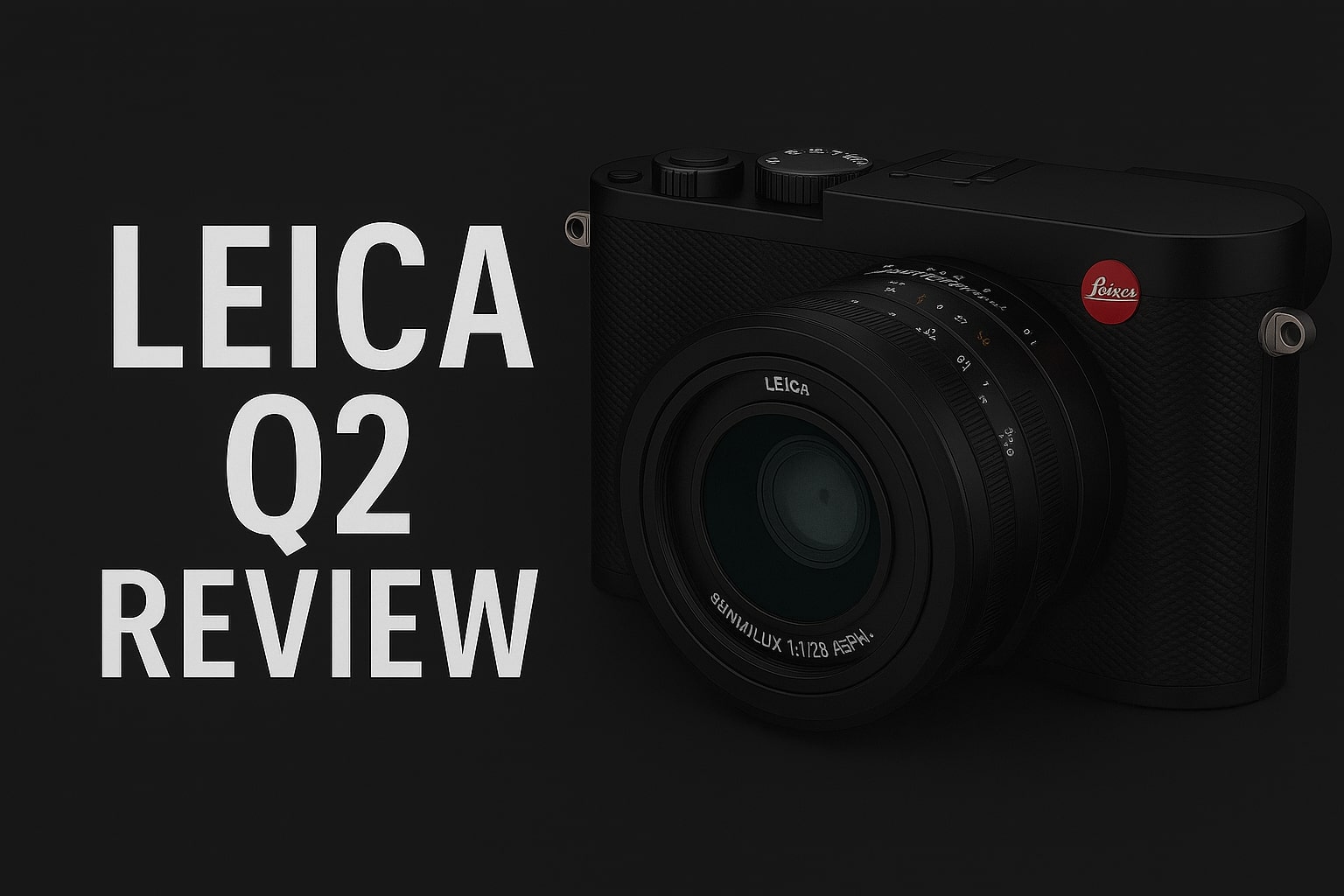
Leica Q2 for Photography: Why It’s Loved by Photographers
Mobile Photography Hacks: Candid Moments with Your Phone
Discover high-impact mobile photography hacks to capture genuine, gorgeous candid moments with your phone. Learn practical tips, composition secrets, and pro techniques to turn everyday scenes into stunning visual stories. Introduction: The New Age of Mobile Photography Photography has evolved beyond heavy cameras, technical jargon, and expensive equipment. Today, the power to capture extraordinary moments…
Professional Model & Portfolio Photoshoots: Show Your Best Work
” Discover how to plan, style, and execute stunning portfolio photoshoots that showcase your skills, personality, and versatility. This comprehensive guide covers professional tips, posing ideas, gear suggestions, and industry insights for models and photographers.” Introduction – Why Portfolio Photoshoots Are the Cornerstone of a Photographer’s Career A well-crafted portfolio photoshoot is more than a…
Street Photography Tips, Effects & Poses – Complete Guide
Discover the ultimate guide to Street Photography with expert tips, creative effects, and dynamic poses. Learn how to capture authentic urban moments, master composition, and tell powerful visual stories through your lens. Article Outline 1. Introduction to Street Photography Street Photography is more than just taking pictures of people in public spaces — it’s about…
Leica Q2 for Photography: Why It’s Loved by Photographers
Introduction: The Cult Status of the Leica Q2 The Leica Q2 is not just a camera—it’s a statement. Combining the heritage of German precision engineering with modern digital excellence, it holds a special place in the hearts of professional and passionate photographers alike. With its full-frame sensor, prime Summilux lens, and minimalist design, the Q2…
Top Cameras Under ₹1 Lakh for Freelance Photography
Freelance photography is no longer a niche—it’s a booming creative profession that demands not only vision and hustle but also the right gear. Your camera isn’t just a tool; it’s your storytelling partner. If you’re a freelance photographer aiming to balance performance, versatility, and budget, investing in a cameras under ₹1 lakh can offer the…
Top Features of Nikon D850 That Make It Ideal for Photoshoots
Explore the top features of the Nikon D850 that make it a powerhouse for photoshoots. From exceptional resolution to dynamic range, this detailed Nikon D850 guide is built for professional and aspiring photographers. 1. Introduction When Nikon launched the D850, it quickly earned a reputation as a flagship DSLR that redefined what photographers could expect…

